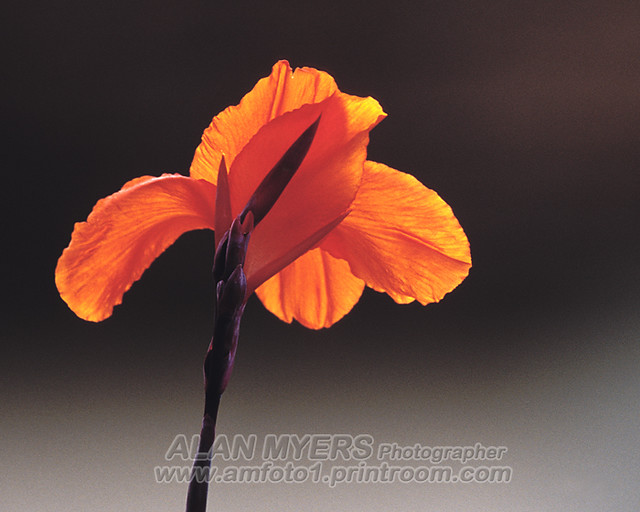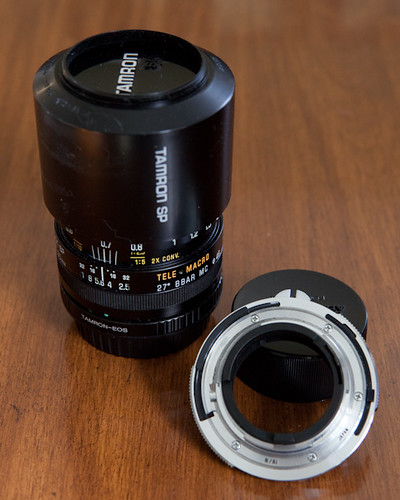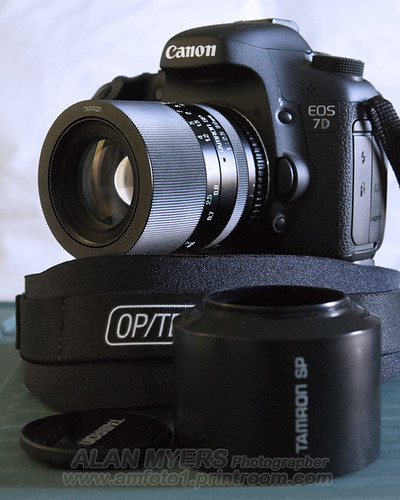If you want autofocus, there are very many lenses available for your T2i.... new, used, refurbished. Your T2i uses what is called the "EOS/EF mount". It's been in use for 30 years and during that time Canon, Sigma, Tokina, Tamron and others have made a lot of lenses to fit and fully work on the camera. A couple years ago, Canon alone celebrated 125 million EF/EF-S lenses manufactured.
T2i is an "APS-C" model, and as such it uses a slightly modified for the the EF mount. Canon EF-S and third party "crop only" lenses are specifically designed for APS-C cameras. However, EF "full frame" lenses also will fit and mostly work just fine too.... In other words, your camera can use BOTH the lenses designed specifically for it AND those designed for the larger "full frame" models. No worries... with Canon lenses.
Be a little careful of third party lenses... Sigma mostly, but also some Tamron. Sometimes older lenses from them won't work properly on newer cameras... compatibility issues. The reason is that Canon camera and lens technology is patented, so third party manufacturers have to come up with their own solutions and do so by reverse-engineering lenses to work on Canon. Usually the resulting lenses work fine on current and previous models of cameras... but may not on a newer camera, introduced later with some changes that the third party manufacturer had no way of anticipating. For example, I have an older Sigma 28-75mm zoom that works fine on EOS-3 and Elan 7 film cameras, as well as an EOS 10D digital. But on 30D and later models it just causes the camera to lock up and go into "error mode". That's easily fixed (just remove the lens, turn off the camera and remove the battery for a moment, and the camera resets).... But that particular lens certainly isn't usable on my more recent cameras.
It's mostly been Sigma lenses with "issues" on later Canon cameras. But to be fair, they have made more different models and versions of lenses than any other manufacturer and in some cases have even offered free updates to the lenses to fix them. Tamron has had a few. Tokina, I don't recall hearing of any but they have their own unique approach to lenses anyway. Their AT-X Pro 100mm f/2.8 Macro lens and AT-X Pro 12-28mm f/4 ultrawide zoom lens are two relatively recent that are quite good. The 12-28mm is a "DX" (crop only) lens, while the 100mm is an "FX" that will work on both crop sensor and full frame cameras.
I don't know which 50mm Canon lens you got.... There has been a "Compact Macro" f/2.5 (discontinued), two versions of EF 50mm f/1.8 (micro motor models, both now discontinued), and currently in production EF 50mm f/1.8 STM, EF 50mm f/1.4, EF 50mm f/1.2L, and manual focus TS-E 50mm f/2.8 Macro Tilt-Shift. The three f/1.8 lenses are quite affordable... even the current one, brand new. If you are familiar with 35mm film cameras, these won't act the same as 50mm lenses did on them. Now instead of being "normal" lenses, on a camera like your T2i with it's smaller sensor, they "act" as short telephotos... great for portraiture and other things.
None of the above involve any sort of adapter or are even what I'd call "vintage" lenses, like some of the other responses are discussing. There are manual focus, manual aperture lenses made in the 1980s and prior that can pretty easily be adapted for use on a modern Canon DSLR like yours. We aren't supposed to post links here, so search for Bob Atkins website page discussing using manual focus lenses on EOS cameras. There are lots of details how that's done. He's also got a separate page about the problems and partial solutions to using legacy Canon FD/FL mount lenses.
Many vintage lenses are easily adapted. The EOS/EF mount was, in a sense, designed to accommodate many different mounts. It's larger diameter than most and uses a lens register (distance from the flange to the film/sensor plane) that's short enough to allow room for an adapter. For example, vintage Nikon F-mount, Olympus OM-mount, Pentax M42 screwmount, Pentax P/K bayonet mount, Leica R-mount, and others are usable via simple, inexpensive adapters. But Minolta MD, Konica K/AR, and some others with lens register shorter than the 44mm used by modern EOS cameras are NOT easily adapted. That includes Canon's own earlier FD, FL and R-mount lenses. In most cases, to use them fully requires "optics" in the adapter and the quality ones are VERY expensive (Canon made an excellent FD to EOS adapter with optics, but it is very rare and costs over $1000 today, if you can find one). Some of the early lenses can be modified, the Ed Mika mounts were mentioned. Those also aren't cheap... around $100. And they are only available for fairly limited number of lenses, plus require lens modification (tho it may be reversible).
Affordable FD/FL to EOS adapters ($25 to $40 typically) use cheap optics that essentially ruin the image quality of the lens. HOWEVER, a solution that might work is to remove the optics (some just screw out... or there's the "hammer and punch" solution

). Without the optics, the lens won't be able to focus to infinity. But with some lenses that's rarely or never needed anyway. For example, super telephoto lenses are seldom focused to infinity. Neither are most macro lenses. And ultrawides or fisheye rarely need to be, either, thanks to their extreme depth of field.
However, if you go looking for vintage lenses, you can make your life easier simply by looking for the more easily adapted. Generally speaking you need to avoid trying to adapt any that are.... 1. autofocus since there's no support for that at all, or... 2. don't have a manual aperture control ring since one is necessary on an adapted lens to be able to adjust the aperture.
In addition to vintage lenses designed for other system mounts that might be adapted, back in the day there also were several series of lenses that employed interchangeable mounts, which are usually quite easily set up for use on a modern camera like yours. For example, a LOT of "T-mount" lenses were made by many manufacturers. The "T" stands for Tamron, who invented it, but they deliberately didn't patent it to allow wide usage. There are still T-mount lenses being manufactured today, in fact. And the actual T-mount for EOS/EF cameras is easily found and inexpensive. It just screws onto the rear of the lens (once any other mount on there has been removed, of course.... there may be a locking screw that needs to be loosened.... and most are actually "T2", which have additional set screws that can be loosened to allow the lens to be properly oriented on the camera).
In the 1970s and 1980s Tamron produced another series of "Adaptall" lenses using interchangeable mounts. They did patent this mounting system, so it's only Tamron lenses that were made using Adaptall and Adaptall2 interchangeable mounts. Among those, many of their "SP" line of Adaptall lenses are "pro quality" by the day's standards and still can be excellent performers today. Those included a 17mm ultrawide, several 90mm macro lenses, 350mm and 500mm "mirror" catadioptric lenses, 80-200mm f/2.8 zoom, a 180mm f/2.5, as well as several versions of 300mm f/2.8 and a 400mm f/4 super tele. I've used a number of these over the years and found them excellent. For example, I experimented with a number of 500mm and 600mm mirror lenses, wanting something compact for travel. Of all those, I thought the Tamron was the best for a number of reasons. I used the earlier version of it, which has an integrated tripod mounting ring. I currently have a vintage Tamron SP 90mm macro lens, along with a mount to use it on my EOS cameras. I also have other mounts for it (or any of the Adaptall lenses), that can be swapped out so I can use it on various vintage SLRs in my collection (Konica, Nikon, Pentax, Canon FD/FL, and others). The images just below are examples that were shot with the Tamron SP 500mm f/8 "Mirror" lens (on film cameras)...


The Adaptall line of manual focus lenses ended just about the time the first autofocus EOS cameras were being introduced.... so at the time there weren't Adaptall mounts offered for them. But there are today! Not long ago I bought one from a place in China and it was on my vintage Tamron lens, ready to use, in a few days time. Search online for more info if interested. Googling "Tamron SP Adaptall" will find several sites with lots of detail about the system. It's highly recommended.
You need to be aware that while vintage/adapted lenses can make excellent images, with your modern camera they can be slower and a bit tricky to use. Today's DSLRs really aren't designed for manual focus... they lack some of the features of older cameras and the modern camera's viewfinders are typically smaller and less bright. Further, when you stop the lens down manually, the aperture actually closes and your camera's optical viewfinder will dim down along with it, making manual focusing even more difficult.
A couple things that can help.... First, there are "chipped" adapters, T-mounts and Adaptall mounts. These have simple electronics that interface with the camera's to allow features such as Focus Confirmation to be used. It's not autofocus and the lens to camera communication is quite limited, but may be worth the extra $10 or $15 that the chipped adapters usually cost (total of about $40) just to have the help that Focus Confirmation can provide. Also, your camera's Live View mode can be used for manual focusing. That can be particularly helpful when using smaller lens apertures that most strongly dim down the viewfinder and, worse, allow too little light for Focus Confirmation to work. With Live View, turn on Exposure Simulation and then use the shutter speed and ISO settings to brighten up the image seen on the screen, to compensate for the smaller lens aperture.
Working with those vintage, manual focus, manual aperture lenses is always slower than using modern stuff... but it can be a lot of fun to give old gear new life, purpose and usefulness. It can be a bargain and the results can be pretty darned good, too. Here's a Tamron 90mm macro lens that I bough at a local secondhand store for all of $20 (like new condition, with all it's accessories). To use it on my EOS cameras, as shown, I had to get the EOS Adaptall mount (chipped version) from China.... another $40 including shipping. But $60 ain't bad for a good macro lens (I've used several of the Tamron SP 90mm over the years, so I knew it was good). For the example shot of the bee and poppy taken with it below, I added a 20mm macro extension tube to be able to get higher magnification than is possible with the 1:2 (half life size) lens alone. The lens was stopped down to f/11 in hope of getting adequate depth of field, so Focus Confirmation barely worked in bright sunlight.



Working with that vintage lens isn't as easy as using my modern Canon EF 100mm macro lens... With a fast moving bee and flowers swaying in the breeze, it took a lot of bad shots to get a few good ones! But in a way, some successes with the old lens are more satisfying!
P.S. There have been a couple mentions of Canon M-series other responses. Just to clarify, that's Canon's relatively new "mirrorless" camera line. There aren't a lot of them yet, but just so you're aware, EF-M lenses
cannot be used on your camera. The M-series cameras and EF-M lenses use an extremely short lens register (18mm I think). The opposite, though, is quite possible... Thanks to the M-series short lens register there is lots and lots of room for adapters and those available allowing use EF and EF-S lenses on the M-series cameras. That supports autofocus and electronic aperture control on those lenses, too. The Canon OEM EF/EF-S to EF-M adapter is pricey... about $200. But there Vello and Fotodiox "clones" that cost around $75 or $80.
There are also adapters for a wide variety of other mounts, as well as Adaptall and T-mounts being made for use on M-series. And because the M-series models (M5 and M50, so far) with one use an electronic viewfinder and have a feature called "focus peaking", they can be a little easier to use with manual focus, manual aperture lenses. Using the models without a viewfinder (M6, M100 currently), is much like using Live View with your camera, but it's faster in the newer models and I think also can use focus peaking to assist manual focus.
These are just side notes though... The main thing you need to know is that Canon EF-M lenses and other manufacturers' lenses made to fit the Canon M-series cameras
WILL NOT fit or work on your T2i.
If you want autofocus, there are very many lenses ... (

 ). Without the optics, the lens won't be able to focus to infinity. But with some lenses that's rarely or never needed anyway. For example, super telephoto lenses are seldom focused to infinity. Neither are most macro lenses. And ultrawides or fisheye rarely need to be, either, thanks to their extreme depth of field.
). Without the optics, the lens won't be able to focus to infinity. But with some lenses that's rarely or never needed anyway. For example, super telephoto lenses are seldom focused to infinity. Neither are most macro lenses. And ultrawides or fisheye rarely need to be, either, thanks to their extreme depth of field. 




